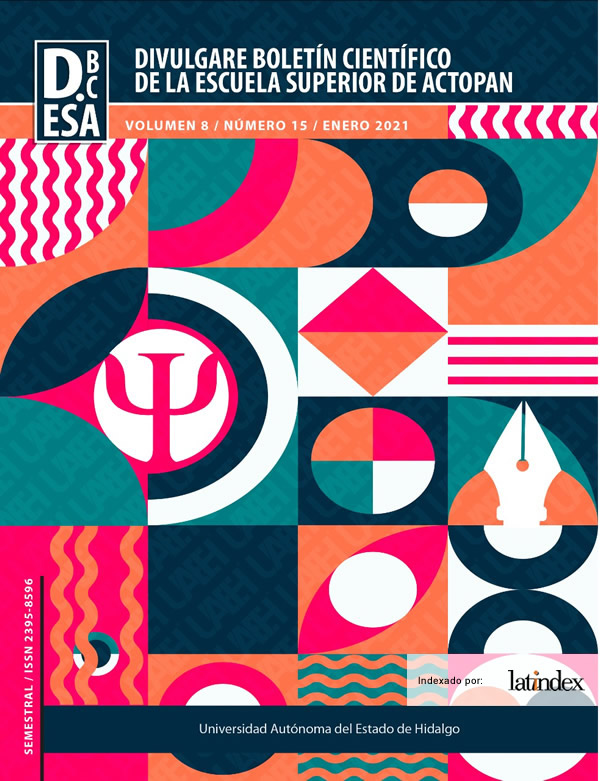Enabling Phonological Awareness for Reading Learning Disorder: Case Study
Abstract
Learning disorder (TA) is conceptualized as learning impairments of academic skills that include: reading, math and writing. Children explicitly trained in phoneme manipulation skills get better results than those who do not. The present study proposes strategies aimed at enabling the phonological path through exercises in phonological awareness using tasks of synthesis, segmentation, addition, omission, substitution of syllables and phonemes, as well as tasks of awareness of rhymes which allow to modify the precision and reading speed and in many other cases reading comprehension. EMB is a girl of 11: .7 years of age, the neuropsychological evaluation showed that EBM meets the diagnostic criteria of AT in its three areas. 120 sessions were held twice a week with a duration of approximately one hour. Synthesis, segmentation, addition, omission and replacement of syllables and phonemes and syllable and phoneme detection tasks in rhymes were designed. EMB showed slight improvements in each of the processes in which it wanted improvement; However, as was observed at the end of the last phase of the treatment, where the grapheme-phoneme correspondence was implemented, EMB managed to have a considerable improvement compared to only the application of phonological tasks.
Downloads
References
Cuadro, A & Trias, D. (2008). Desarrollo de la conciencia fonémica: Evaluación de un programa de intervención. Revista Argentina de Neuropsicología. 11, 1-8.
Calero, A. & Cols. (1999). Materiales Curriculares para favorecer el acceso a la lectura en Educación Infantil. Madrid: Escuela Española
Ellis, A., & Young, A. (1988). Human Cognitive Neuropsychology. Londres: LEA.
Herrera, L., Defior, S., & Lorenzo, O. (2007). Intervención educativa en conciencia fonológica en niños prelectores de lengua materna española y tamazinght. Comparación de dos programas de entrenamiento. Infancia y Aprendizaje. 30 (1), 39-54.
Jiménez, J., & Artiles, C. (1990) Factores predictivos del éxito en el aprendizaje de la lectoescritura. Infancia y Aprendizaje. 49, 21-36.
Jiménez, J., & Ortiz, M. (1998). Conciencia fonológica y aprendizaje de la lectura: Teoría, evaluación e intervención. España: Editorial Síntesis.
Defior, S., & Serrano, F. (2011). Procesos Fonológicos Explícitos e Implícitos, Lectura y Dislexia. Revista Neuropsicología, Neuropsiquiatría y Neurociencias. Vol. 11, N 1, 79-94.
Snowling, M. J., & Griffiths, Y. (2004) Handbook of Children’s Literacy, Capítulo 8. USA. Editorial Kluwer Academic Publishers.
Yáñez, G., T., & Prieto, D., M., C., (2013). Batería Neuropsicológica para la Evaluación de los Trastornos del Aprendizaje, BANETA. México: Manual Moderno.
Wechsler, D., (2007) Escala Wechsler de Inteligencia para Niños-IV, Versión estandarizada. Manual Moderno: México











